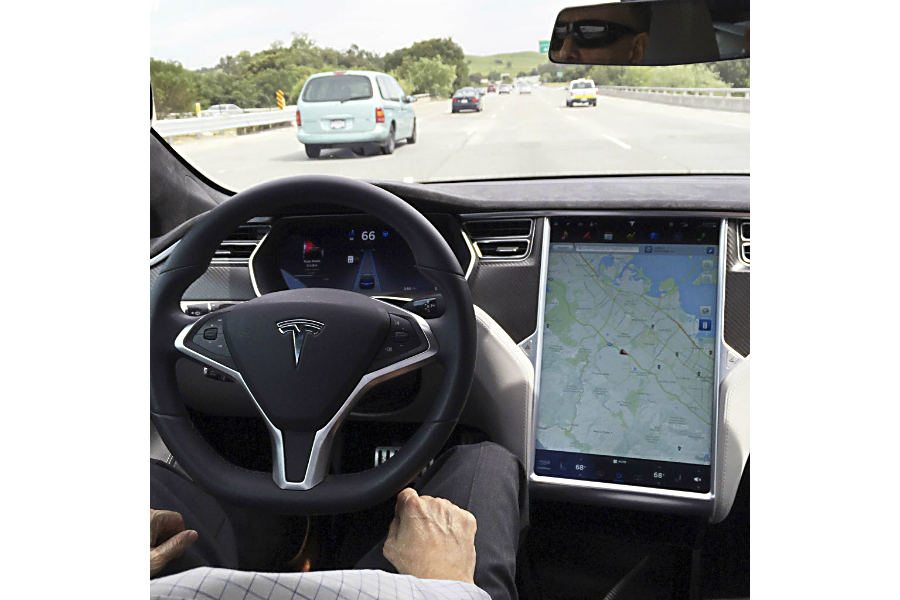Tesla parts ways with Mobileye after autopilot crash
Tesla and a firm that supplies the electric automaker with key technology for its Autopilot mode will part ways about three months after a high profile traffic fatality that involved the driver-assistance feature.
Mobileye, which provides Tesla with chips and software that interprets data from a camera, will not continue its agreement with Tesla past its use of the EyeQ3 processing platform, said Mobileye chief executive officer Amnon Shashua in a call with analysts Tuesday. Mr. Shashua did not state when or why the agreement will end, although there is speculation the crash in May contributed to the fallout.
The breakup exposes a conflict over how much autonomous-car developers should involve their suppliers in developing the controversial technology. But it could also signal a shift toward Tesla developing the technology itself, which one analyst suggests could lead to further advancements in driver-assistance systems.
Matt DeLorenzo, managing editor of Kelley Blue Book, said Tuesday Tesla could move away from camera-based systems such like Mobileye’s.
“A lot of the autonomous technology that’s being developed these days will rely on other types of sensors, radar … but more importantly, the big key component will be vehicle-to-vehicle communication,” Mr. DeLorenzo told the Los Angeles Times. “Certainly, camera technology is pretty good, but it does have its limitations, especially when it comes to weather.”
Mobileye has dominated the driver-assistance segment of the auto industry, according to Fortune. Its vision chips and software interprets data from a camera to avoid collisions with other vehicles, people, animals, and other objects. The system is also a key component of Tesla’s Autopilot, which adds steering through curves, and adaptive cruise control that frees a driver's hands and feet.
About the crash in Florida in May, Tesla said neither the driver, Joshua Brown, nor its driver-assistance system recognized a tractor-trailer turning in front of it. The National Transportation Safety Board released photos Tuesday that show the Tesla drove under the tractor-trailer, sheering the roof off the vehicle, and killing Mr. Brown.
Shashua indicated the crash led the company to cut ties with Tesla, reported The Wall Street Journal. Although Shashua didn’t explicitly speak about the crash, he previously said it underscored how companies should educate drivers about the technology.
“It’s very important given this accident … that companies would be very transparent about the limitations” of autonomous driving systems, he said at a news conference with BMW and Intel earlier this month. “It’s not enough to tell the driver to be alert but to tell the driver why.”
That’s why, he added Tuesday, Mobileye and other suppliers should have more of a voice in the matter.
“I think in a partnership, we need to be there on all aspects of how the technology is being used, and not simply providing technology and not being in control of how it is being used,” he said.
It appears Mobileye will have that relationship with BMW, Intel, and other legacy auto companies. Mobileye, BMW, and Intel recently announced a partnership to develop self-driving cars by 2021.
The split between Mobileye and Tesla also comes a little over a week after Tesla chief executive Elon Musk announced a significant upgrade to its driver-assistance feature. Mr. Musk announced an over-the-air upgrade will come soon, after he said he got off a “promising” call with Bosch, the German manufacturer that provides Tesla with the radar systems its vehicles use to detect obstacles






